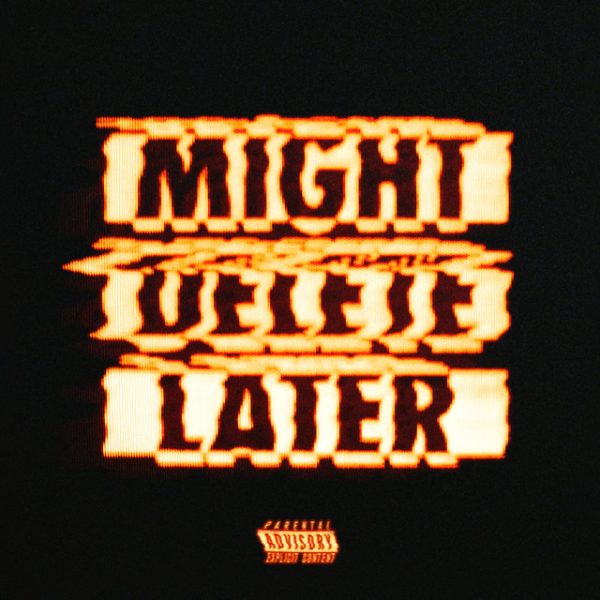007 out of 10
“No Time To Die” showcases Daniel Craig’s final take as James Bond

Daniel Craig takes his final bow as the infamous British spy in “No Time to Die”. The film was postponed due to COVID-19 and made its debut with a theater-only screening.
November 2, 2021
Heart racing anticipation, perfectly choreographed fight scenes, certain adult beverages and a never-ending stream of glamorous women: the 007 franchise has such well-known components of the series that they have become common in pop culture and everyday slang. But while Daniel Craig’s final take as the infamous spy came to an end, audiences were introduced to a more modern story with themes that will long outlive James Bond’s usual shootouts.
The film starts with a flashback that includes Madeleine Swann (Lea Seydoux) as a child, witnessing her mother’s death at the hands of the movie’s villain Safin (Rami Malek). Safin proceeds to save Madeleine’s adolescent self from drowning in a lake, thus forming a history between the two which comes into play later on. The scene then cuts to years later where James Bond and Madeleine are vacationing through the winding hills of Italy. This is where we pick up on the first abnormality; James Bond is known for being a promiscuous and charming character who is expected to have numerous relationships throughout each film. From the start, we see a different side to the character which hasn’t been seen throughout the five-movie series, a domestic James Bond.
That image, however, is quickly cut short. After Bond receives a phone call from Safin suggesting that Madeleine was responsible for the explosion at a grave he was visiting the two go separate ways. Following a five years later, Bond is retired and living in Jamaica where he is approached by an old friend who works for the CIA, Felix Leiter (Jeffrey Wright), and asked to rescue a kidnapped scientist. The subsequent scenes that follow are subsequent scenes consisting of predictable action, fighting, plot twists recycled from past movies. Although I found this part of the movie entertaining, it wasn’t overly unique compared to prior 007 movies. The minor plot twists allowed the movie to have a nice and believable flow of events although, personally, I didn’t find them climactic or distinctive.
Something that did stand out to me was the relationship, or lack thereof, between Bond and Paloma (Ana de Armas), a Cuban ally. Instead of a suggestive encounter, the two develop a platonic relationship that showed a new version of respect for the female characters throughout the 007 franchise. That theme is persistent throughout other characters in the film including Nomi (Lashana Lynch), who was named the new 007 agent in Bond’s absence, which has traditionally been a male role.
Warning: Spoilers Ahead
After Bond’s mission in Cuba is foiled, he returns to England where he is reunited with Madeleine while interviewing a prisoner for more information about Safin. The two spend time coming to terms with how they parted in the past and begin to mend the fractured relationship. Madeleine then reveals that she gave birth to Bond’s daughter sometime after their separation, which ties into his new image as a more domestic character- that is until Madeleine and their daughter are kidnapped by Safin who claims that their shared past created a connection between the two and that they are meant to be together. Safin takes the two to a remote island, which he has been using as his home base. This is where the rising action and climax of the movie take place. In the end, Nomi is able to get Madeleine and their daughter off of the island while Bond tries to destroy the technology Safin was planning on using against the world. During these final climactic moments, Bond comes to the realization that in order to destroy the weapon and save the world he has to go down with the island, resulting in the death of the legendary spy.
For many fans, this could be quite an upsetting ending, after finally making up with Madeleine and finding out he has a daughter, Bond could have finally retired to a similar life. In my eyes this ending was inevitable. For the past couple of films, the beginning of each movie has felt the same: James Bond is trying to live a more subtle life outside of the intelligence world but gets dragged back in for mission after mission. Even if he got his “happy” ending there’s no guarantee that he wouldn’t get asked to get back in the field. The ending in “No Time To Die,” is the best way to assure audiences that this is the last time we’ll be seeing James Bond.
While filming press for the release of the film, many news outlets ran a headline titled “Daniel Craig Doesn’t Think a Woman Should Be James Bond.” This obviously garnered a lot of media coverage, but what Craig actually said during the interview with Radio Times is more in tandem with the movie’s new underlying feminist theme: “There should simply be better parts for women and actors of color. Why should a woman play James Bond when there should be a part just as good as James Bond, but for a woman?” This new direction of thinking opens a number of doors for future films, but for the 007 characters, it seems the next James Bond will in fact be a man. With more aware and respectful themes present in “No Time To Die”, the potential for future generations to get their own, more conscious James Bonds seems likely.
With Craig’s time as James Bond coming to an end, the future of the franchise is still unclear for many fans. However, “No Time to Die” wrapped up the current iteration of the series in a satisfying way that allows future takes to build upon the themes this generation’s James Bond laid the foundation for.















